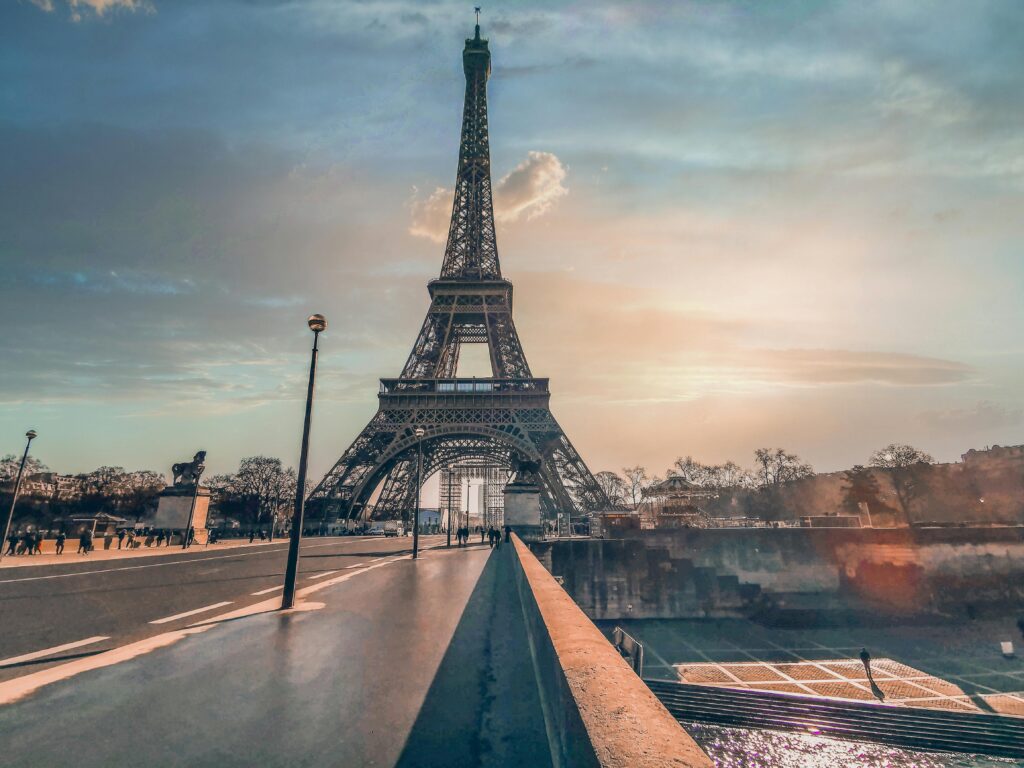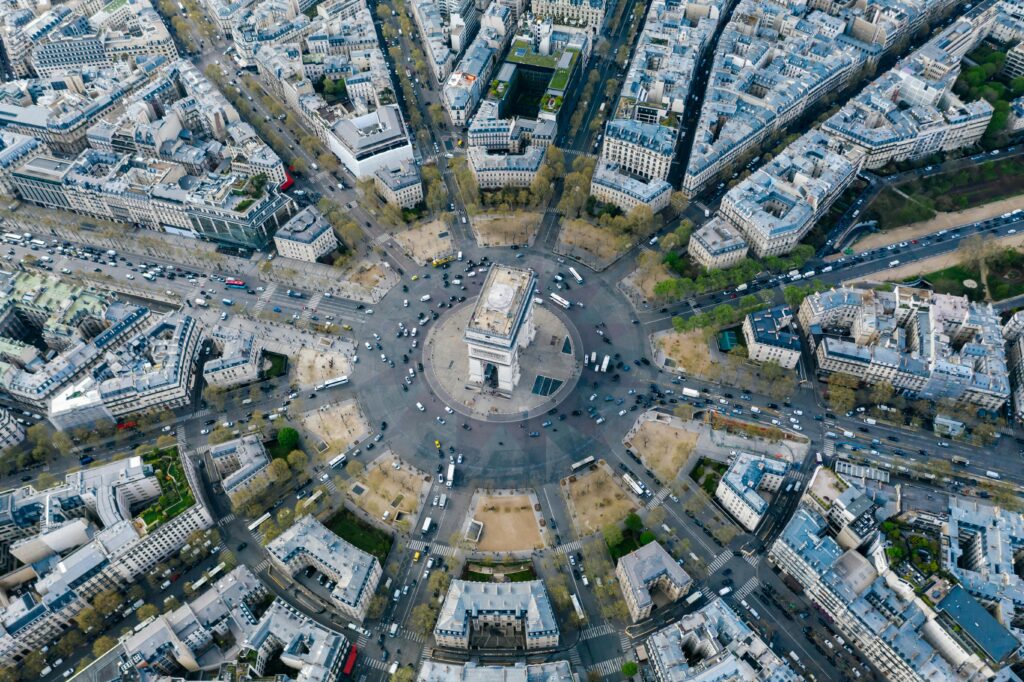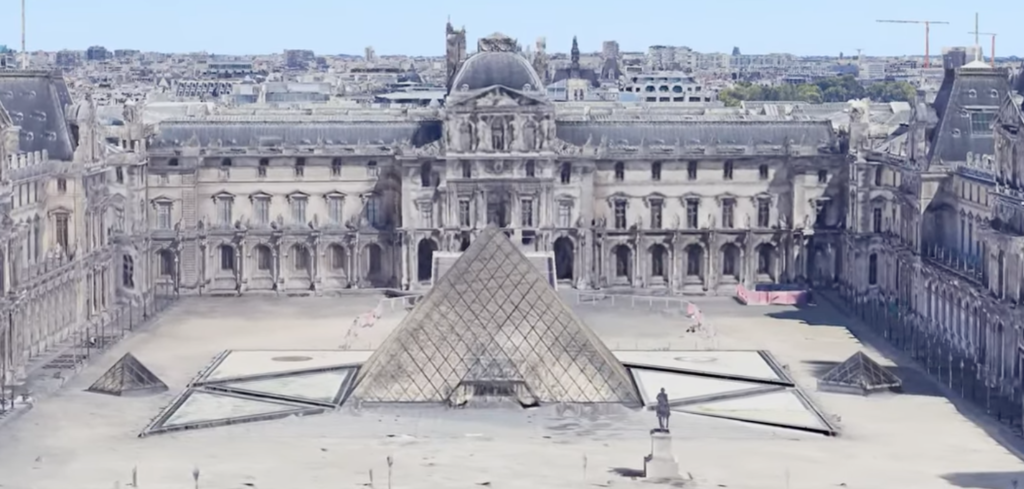Located in the middle of the Marais district, the Musée Carnavalet presents an engaging plan through the evolution of the city of Paris. From its medieval origins up to the status of a contemporary cultural phenomenon, the museum gives the visitor a unique chance to see Paris change. Interestingly, it has a large number of artifacts, paintings, and historical documents That would allow a visitor to explore the history of the city to the maximum extent. Whether it is the French Revolution, the Belle Époque era , or Paris’ architectural history, this is where it’s at the Musée Carnavalet.
Location and Communication System
The place of business can also be defined based on its situation in relation to the centres of various activities of the business.Situated at 23 Rue de Sévigné in the lively Marais district, the Musée Carnavalet is just round the corner from the Place des Vosges and the Picasso Museum. It is located near the Saint-Paul metro station, Line 1 or the Chemin Vert, Line 8. Also, bus lines 29, 69, and 96 are numbered here, so if you are touring the Le Marais neighbourhood, this is the place to make a stop.
Visiting Hours
- Open: Tuesday to Sunday, 10 am – 6 pm
- Last Admission: 5:15 pm
- Room Closures: 5:45 pm (5 pm on Dec 24 & 31)
- Closed: January 1, May 1, December 25.
For more details, visit the official website.
The French Revolution Rooms: A Window Into Turmoil
Many visitors come to Paris for the Musée Carnavalet’s exhibit on the French Revolution, which gives the viewer a raw experience of one of the most pertinent epochs in specifically French history. This section is filled with paintings, sculptures, documents, and artefacts that make the epoch of Revolution mentally illustrative.
Here, you will see the Bastille key, personable effects of the Queen of France, Marie Antoinette and other actualities of revolutionary heroes. Among the best is Jean-Louis David’s work, the Oath of the Tennis Court, which depicts the initial pitch of the Revolution. By means of these exhibits you will be guided through the era of intensive political and social changes.
Medieval Paris: A Journey Back in Time
If you love the medieval part of the city’s history, Musée Carnavalet offers the Middle Ages with its string of Roman debris, Gothic structure, and Medieval scripts.
The beaux-arts depict the medieval sculptures and the stained glass windows that were recovered from various churches and cathedrals in Paris. Not only can these artifacts illustrate the level of skill of medieval artisans but also the religion and the culture of medieval Parisians.
Parisian Life in the 18th Century: The Age of Enlightenment
Paris in the 18th century was a lively city which encouraged the growth of intellect and culture, and the Musée Carnavalet takes a look at the epoch of Parisian society and the Age of Enlightenment.
Here, you will enter the Life of the city’s aristocrats; furniture, portraits, and decorative arts the people were using in their homes during that period are showcased. Visit the simulations of the rooms where famous Parisian salons took place with people such as Voltaire and Rousseau. The museum also traces the daily Life of the upper class by having various collection of fashion items and personal effects.
The Belle Époque: Paris in Its Golden Age
There is no better place to learn more about the Belle Époque, the cultural renaissance of the turning point of the 19th century, than in the galleries dedicated to the Golden Paris at the Musée Carnavalet. Take a visit to the world of desire and inspiration while viewing sparkling posters, mesmerizing paintings, and rusty advertisements of the beauty of Belle Époque Paris.
As you walk through the world of Moulin Rouge or admire the beauty of art nouveau architecture, the museum brings the viewer into the creativity that drove the time. It also includes masterpieces such as Toulouse Lautrec Montmartre where artists depicted the nightlife pictures in given periods.
FAQs
It kind of privatized the knowledge, and it made visitors really want to know about the Musée Carnavalet.
- In how many minutes can the Musée Carnavalet be toured?
It normally takes a visitor approximately 2 hours to complete the tour, but history enthusiasts may require even more time to study of the elaborations of the displayed items.
- Which period of the year is the favourite with tourists to visit Musée Carnavalet?
For a more serene trip, it is advisable to visit during the morning hours since the visitation usually comes in during later hours of the day.
- What is the Musée Carnavalet admission price?
The Musée Carnavalet does not charge a standard entrance fee, but some exhibitions may cost a little more.
- Is Musée Carnavalet good for children?
Indeed, many of the museum’s exhibits and its educational programs are suitable for families with children.
- What are the rules regarding taking photographs inside the Musée Carnavalet?
The beautiful museum does not have restrictions against photography, but you will not be allowed to take flash photography in certain sections due to the sensitivity of light on artefacts.
Is It Worth Going to the Musée Carnavalet?
This article gives a brief overview of the Musée Carnavalet for anyone interested in the fascinating history of Paris, France. Whether you are interested in the Middle Ages, in the Revolution, or the Belle Époque, each period of the evolution of the capital of France is gathered in this museum. A visit will enable you to come across the many angles that have attributed to the transformation the city into the cultural capital it is today.
A Final Thought: Paris Through the Ages
The Musée Carnavalet, however, is much more than a museum; it is the history of the very spirit of Paris. By wandering through centuries of Parisian culture, people are free to follow the history of how this city was transformed. Whether the visitor is a professional historian or just a tourist with a passion for Paris, the visit to Musée Carnavalet is a spectacle of discovery of the city’s molecule and its constant growth, the soul of the Parisian cosmopolitinality.




